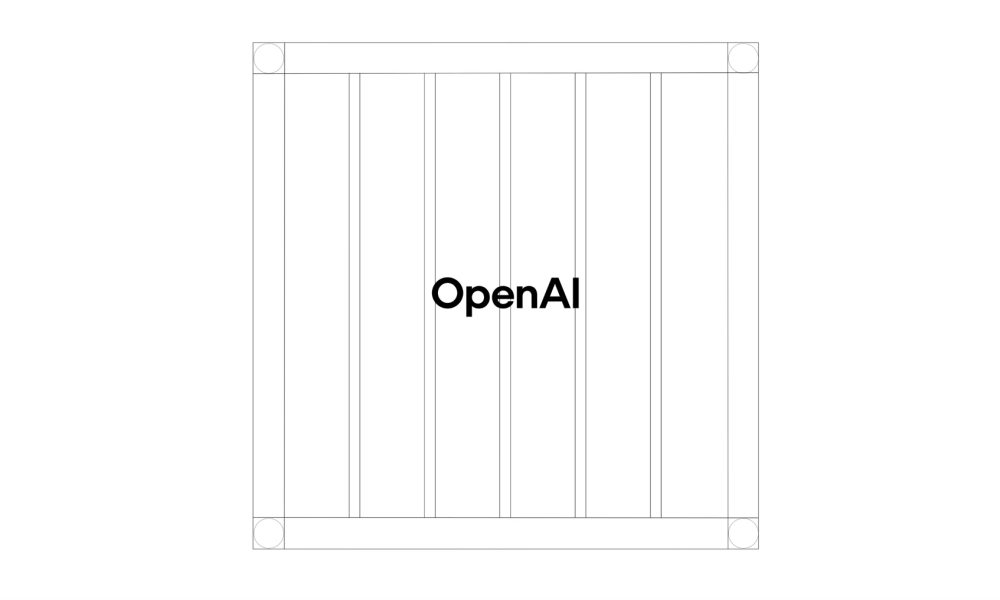Share Share Share Share Email In a rapidly evolving digital landscape, real-time data analytics in the cloud is redefining how enterprises process information and make strategic decisions Prithvi Raju Rudraraju , an expert in cloud-based analytics , presents an insightful exploration of the innovations shaping this field. The Power of Real-Time Data Processing The transition from traditional analytics to real-time data processing has introduced a fundamental shift in how businesses interact with information. Cloud-native architectures now allow organizations to ingest, process, and analyze vast amounts of data in milliseconds.
This capability enables industries to react instantly to market changes, optimize operations, and enhance customer experiences. Event-Driven Architecture: A Game Changer One of the most significant breakthroughs in real-time analytics is the adoption of event-driven architectures. These systems process streams of data as they are generated, eliminating the latency associated with batch processing.

With optimized event-handling mechanisms, enterprises can improve processing efficiency while maintaining system reliability. Implementing such architectures ensures seamless integration with cloud-based machine learning models, further enhancing predictive capabilities. Streamlined Data Ingestion for Maximum Efficiency A critical component of real-time analytics is the data ingestion layer.
Advances in distributed stream processing systems enable organizations to handle millions of messages per second while maintaining low-latency operations. These systems ensure that complex event processing remains efficient, even as the volume and velocity of data continue to grow. Proper capacity planning and resource management strategies have proven to be essential for sustaining performance under varying workloads.
Intelligent Processing with Cloud-Native Frameworks The rise of cloud-native applications has enabled more scalable and resilient real-time analytics solutions. Modern frameworks leverage containerization and orchestration tools to dynamically allocate resources, ensuring optimal performance under different operational conditions. By maintaining service level objectives through automated workload balancing, these solutions provide unparalleled efficiency and reliability.
Optimizing Storage for High-Speed Access As real-time analytics generate enormous volumes of data, storage optimization becomes crucial. Recent innovations in tiered storage strategies have led to significant improvements in data retrieval speeds. For instance, newer storage models prioritize frequently accessed data, ensuring that critical insights are available with minimal delay.
Moreover, distributed storage systems now offer high throughput, allowing enterprises to scale their infrastructure without compromising performance. Ensuring Security and Compliance in Real-Time Environments With the growing reliance on cloud-based analytics, robust security measures and compliance frameworks are more critical than ever. Encryption techniques and adaptive security protocols safeguard sensitive data, ensuring that real-time analytics solutions remain both secure and compliant with industry regulations.
The integration of automated compliance monitoring further strengthens governance by continuously validating system integrity against established policies. The Future of Observability and System Monitoring Advanced observability tools have revolutionized system monitoring in real-time analytics environments. Predictive analytics powered by machine learning enhances anomaly detection, reducing downtime and improving system resilience.
By analyzing performance trends, enterprises can proactively address potential issues, optimizing infrastructure efficiency. Driving Business Innovation with Real-Time Insights Enterprises leveraging real-time analytics gain a competitive advantage by transforming raw data into actionable insights. Faster decision-making, enhanced operational efficiencies, and improved customer experiences define the future of intelligent data utilization.
As cloud infrastructure continues to evolve, the accessibility and scalability of real-time analytics will empower organizations across various sectors. In conclusion, Prithvi Raju Rudraraju highlights how cloud-based real-time analytics is shaping the next generation of enterprise intelligence. The integration of event-driven architectures, cloud-native frameworks, and advanced security measures ensures that businesses can harness the full potential of real-time insights while maintaining system reliability and compliance.
As innovation continues, the role of real-time analytics in driving smarter decision-making will only expand. Related Items: Cloud-Based Analytics , Prithvi Raju Rudraraju Share Share Share Share Email Recommended for you Driving Operational Excellence: Innovations in Supply Chain Through Cloud-Based Analytics Comments.
Technology

Harnessing Cloud-Based Real-Time Analytics for Smarter Decision-Making

In a rapidly evolving digital landscape, real-time data analytics in the cloud is redefining how enterprises process information and make strategic decisions Prithvi Raju Rudraraju, an expert in cloud-based analytics, presents an insightful exploration of the innovations shaping this field. The Power of Real-Time Data Processing The transition from traditional analytics to real-time data processing [...]The post Harnessing Cloud-Based Real-Time Analytics for Smarter Decision-Making appeared first on TechBullion.















